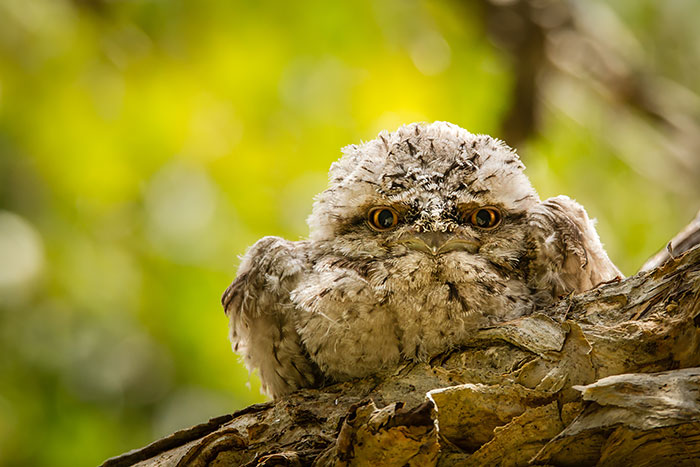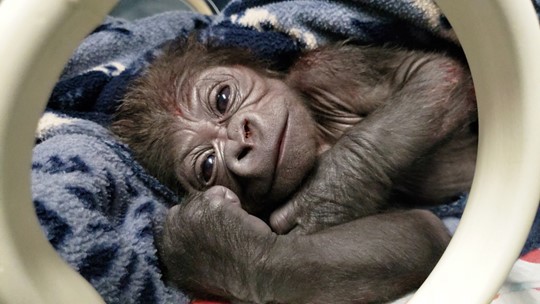Feature:Study finds first scientific evidence that emotional support animals benefit those with chronic mental illness
"A team led by a social work researcher at The University of Toledo has published the first empirical evidence that emotional support animals can provide quantifiable benefits to individuals with serious mental illness who are experiencing depression, anxiety, & loneliness.
The research brings credence to the many anecdotal reports of emotional support animals having positive impacts on chronic mental health issues.
'This is the first peer-reviewed, published scientific evidence that emotional support animals may benefit people's mental health,' said Dr. Janet Hoy-Gerlach, a professor of social work & the lead investigator on the project...
Frequently misunderstood & often maligned, emotional support animals are neither household pets nor highly trained service animals.
Emotional support animals need no formal training or certification but are recognized in writing by a health or mental healthcare professional as therapeutically needed for a person with a health or mental health condition. The person's condition must meet the definition of a disability under the Fair Housing Act, a federal housing policy that protects against disability-related housing discrimination.
While there is a sizeable body of research on the benefits of pets that helps to inform the recommendation of emotional support animals in healthcare, there has been no previously published scientific research focusing specifically on the benefits of emotional support animals.
In the UToledo pilot study, researchers from the College of Health & Human Services followed a small group of study participants who were paired with a shelter dog or cat through the Hope & Recovery Pet Program, an innovative community partnership of UToledo, the Toledo Humane Society & ProMedica.
Participants in the study, all of whom met low-income criteria & were identified as at risk of social isolation, were referred by their mental health providers.
Hoy-Gerlach & her collaborators regularly tested participants for changes in a trio of biomarkers related to stress & bonding, & administered surveys about participants' depression, anxiety, & loneliness prior to adoption & at the end of the 12-month study period.
At the conclusion of the study, they found a statistically significant decrease in participants' depression, anxiety, & loneliness as measured by standardized scales.
The researchers also observed a consistent pattern of higher amounts of the bonding hormone oxytocin & lower amounts of the stress hormone cortisol after participants engaged in focused interactions with their emotional support animal for 10-minute periods.
While not a statistically significant finding, the analysis hinted that participants may have benefited from their animals at a biological level.
'The biomarker findings, along with the standardized stress, anxiety, & loneliness surveys & qualitative interviews together suggest insights into how emotional support animals may help reduce symptoms & loneliness associated with chronic mental illness,' Hoy-Gerlach said. 'We can't make any generalizations or big sweeping claims, but the findings are pretty straightforward for this particular group of people.'
Researchers observed the highest oxytocin increase at the 12-month mark, which could indicate participants' bond with their dog or cat had strengthened over time.
Qualitative research corroborated this idea: In open-ended interviews, study participants talked about feeling much more emotionally attached to their respective animals at the end of the study.
The research, published... in the Human-Animal Interaction Bulletin, builds on Hoy-Gerlach's previous research into the human-animal bond & could lead the way toward new thinking about how emotional support animals can be implemented as a tool in managing chronic mental health issues.
A trained clinical social worker who has extensive experience in counseling, crisis work, & public mental health, Hoy-Gerlach's interest in studying how animals affect mental health began after working on assessments for suicide & finding people's pets were frequently a protective factor.
She has since devoted much of her academic research to the topic. In 2017, she published the book 'Human-Animal Interactions: A Social Work Guide.'
While the recently published study was small in nature, Hoy-Gerlach said it could serve as a major step toward demonstrating the value of emotional support animals for human health.
'We have seen a significant increase in social isolation because of COVID-19, particularly among those most vulnerable to its effects. While our research was initiated before the pandemic, the findings couldn't be more applicable,' she said. 'Now more than ever, we need to be thinking about leveraging every resource at our disposal.'
Such efforts can benefit both people & animals in need. The Hope & Recovery Pet Program exemplifies this, Hoy-Gerlach said, providing emotional support animals for people with mental illness while placing homeless animals into permanent, loving homes.
'The human-animal bond is an underutilized resource for both human & animal well-being,' Hoy-Gerlach said.
Hoy-Gerlach's findings also serve to push back against the idea that emotional support animals are little more than a scheme aimed at exploiting the system to give household pets special status.
'The narrative of emotional support animal fraud has unfortunately gained traction in the media & public eye, & that obscures the very real ways in which emotional support animals can benefit people,' Hoy-Gerlach said. 'For the individuals in our study who are living with chronic mental illness, being paired with an appropriate animal appears to have demonstrable positive effects on their well-being.'"
Tyrel Linkhorn
May 20/2021
medicalexpress.com
Cute Critter Pics:
Weekly Chuckle:
#Stay Safe































